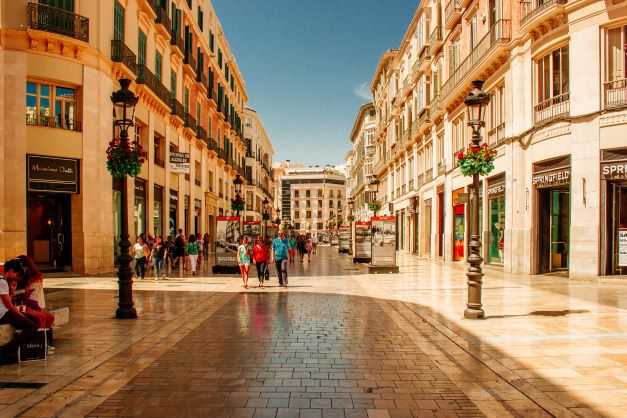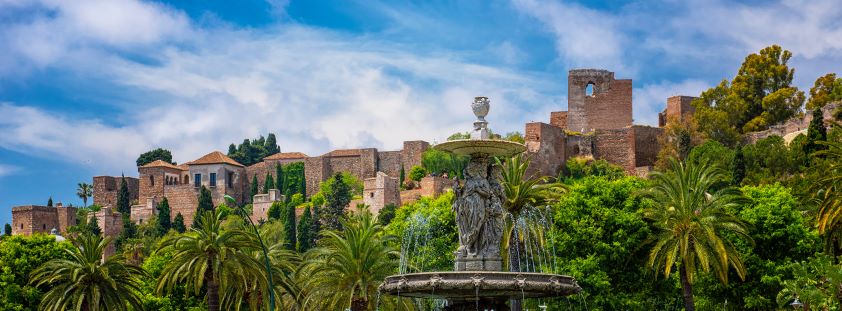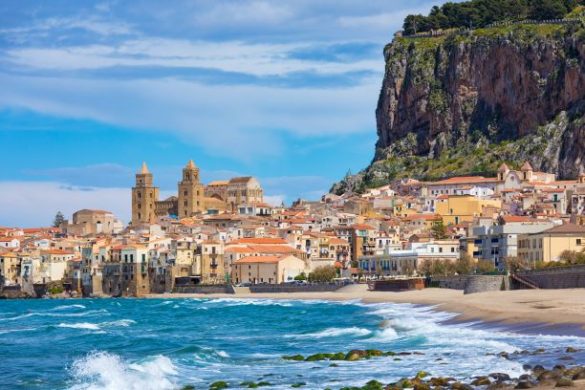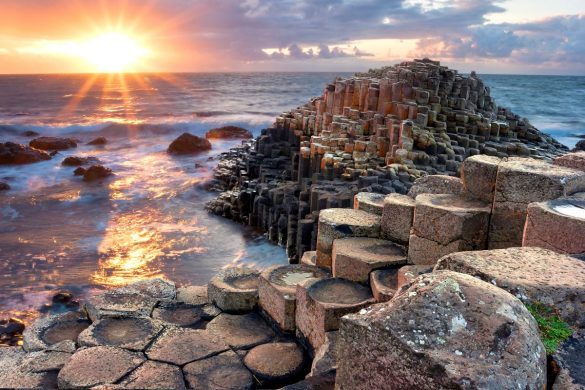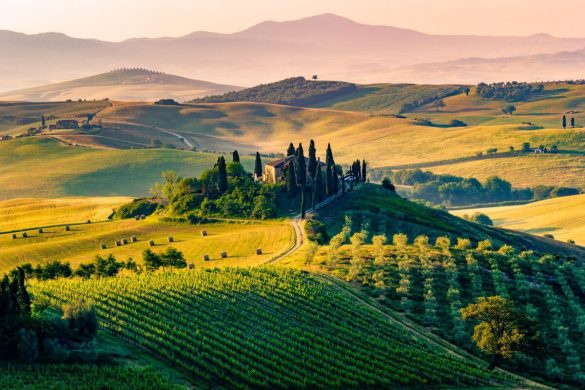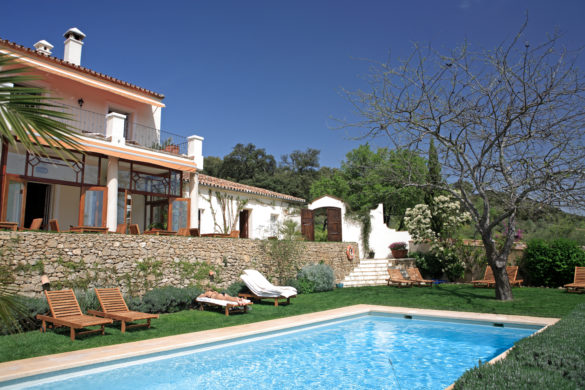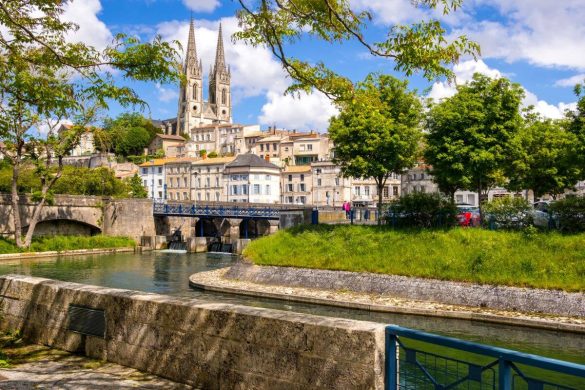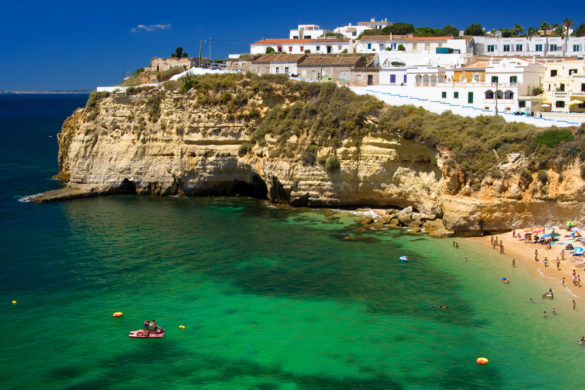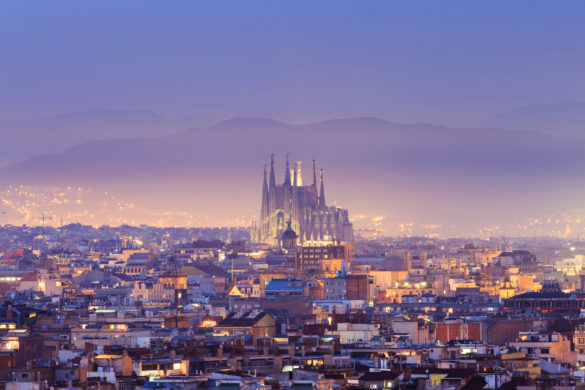Spain is an undoubtably beautiful country, and an incredibly popular destination for UK tourists after a taste of the sun. One of Spain’s more popular destinations is Malaga, a coastal resort and the capital of the province for which it’s named. Malaga’s reputation precedes itself, being a suntrap with a huge ex-pat contingent and all the trappings of a classic holiday: sun, sea, sangria and a nightlife to die for. However, there is another side to Malaga, rarely seen by the tourists that visit for the beach alone. Malaga is steeped in history, with sights and attractions to tickle those looking for a little more from their resort retreat.
Getting There
Before you get too excited about the cultural side of a quintessential tourist destination, you’ll need to figure out the boring parts – including getting there. Owing to the sheer popularity of the resort, budget airlines offer cheap tickets year-round, making flights an easy and inexpensive purchase. You should also arrange safe and timely travel to your accommodation from the airport, in order to start your holiday on the right foot and without having exhausted yourself.
Alcazaba of Malaga
The Alcazaba of Malaga is a remarkably well-preserved 11th century structure – an alcazaba being a structure somewhere between a castle and a palace. The Alcazaba of Malaga was built by the Hammudid dynasty, who ruled the province until the mid-11th century when they were deposed by the neighbouring Zirids of Granada. The Alcazaba remains, being a potent reminder of the Muslim period of Spain’s eclectic history. Its ramparts are equal parts imposing and awe-inspiring, while its gardens make for an excellent afternoon stroll.
The Malaga Roman Theatre
The Alcazaba of Malaga was built next to this incredible monument to Roman occupation, a 1st century amphitheatre that remains to this day. Indeed, stone from the amphitheatre can be found in the Alcazaba’s walls, as one dynasty borrowed from another through history. The amphitheatre was only re-discovered in the mid-20th century and has since become an important cultural centre for the region.
Plaza de la Merced
Malaga’s Roman history can also be found elsewhere, in the form of the Plaza de la Merced. The plaza has seen varying degrees of use since its beginnings at the start of the millennium, but since the 1400s has been a public marketplace, hence its name. It also has a cultural claim to fame, in being the location of Pablo Picasso’s childhood home – which is today a museum dedicated to the world-famous artist.


